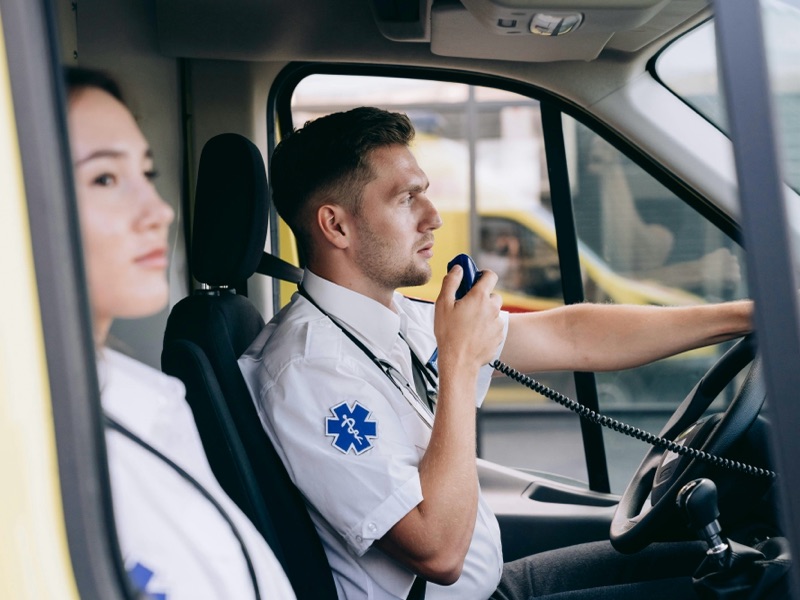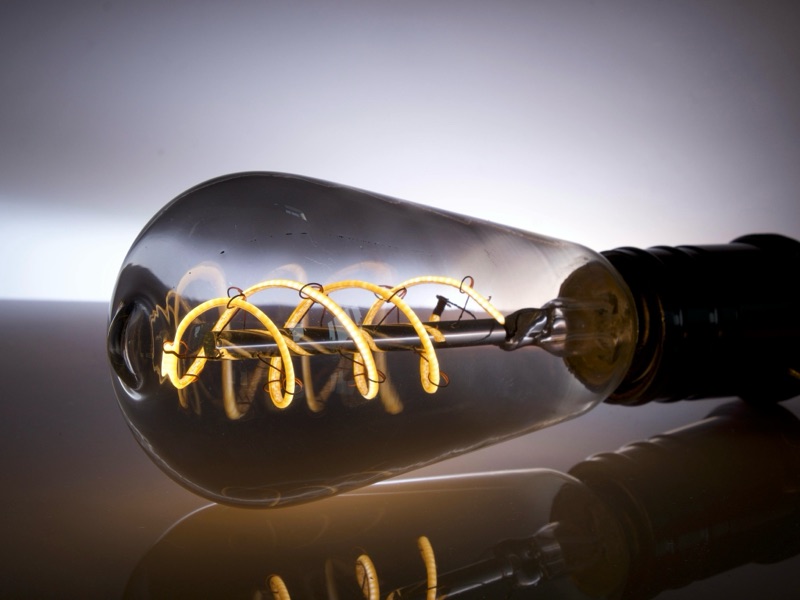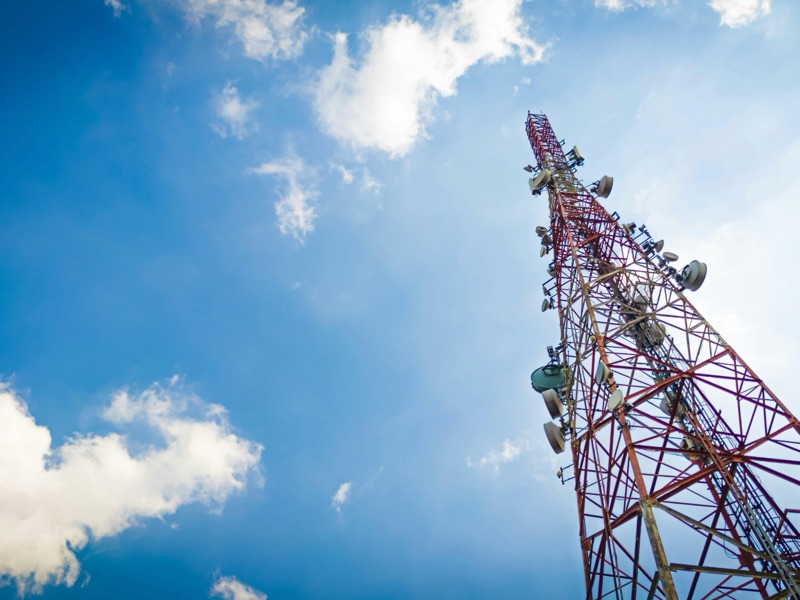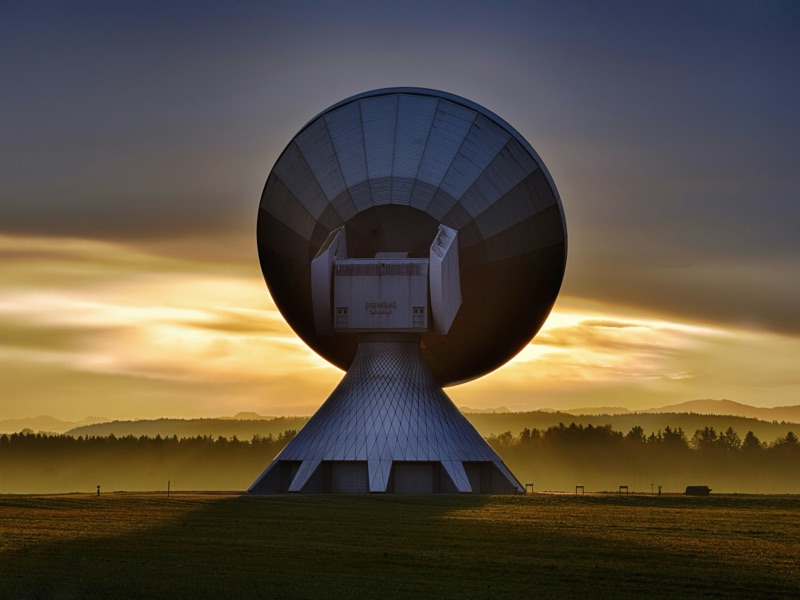Radio, a technology that today seamlessly delivers music, news, podcasts, and communication to billions around the world, has a surprisingly intricate and awe-inspiring origin story. It wasn’t born overnight or at the hands of a single inventor. Instead, it emerged over centuries of scientific curiosity, experimentation, and groundbreaking discoveries. Long before the word “radio” was even coined, the foundations were being laid through early explorations into electricity, magnetism, and sound. The journey from crude electrical experiments to wireless communication was fueled by the brilliance and perseverance of scientists, engineers, and amateur tinkerers across generations.
At its core, radio represents humanity’s relentless desire to connect across distance. From the telegraph and Morse code to transatlantic wireless signals and live voice transmissions, each advancement in radio technology transformed how people communicated, worked, and experienced the world. The progression from spark-gap transmitters to crystal radios, vacuum tubes, and eventually the transistor reflects a broader evolution not just of technology, but of culture and society. It turned global events into shared experiences, gave rise to entirely new industries, and helped shape the modern information age.
This post traces that incredible journey through over 20 pivotal moments in radio history. Along the way, you’ll encounter the visionary figures and revolutionary inventions that paved the path from static crackles to digital clarity. Whether you’re a history buff, a tech enthusiast, or just someone who enjoys tuning in, this timeline offers a deep appreciation for one of the most transformative technologies in human history. Welcome to the story of radio.

1752 – Benjamin Franklin and the Lightning Rod
The story of radio begins with electricity. In 1752, Benjamin Franklin proved that lightning is a form of electricity through his famous kite experiment. This foundational understanding of electric charge would eventually enable all wireless communication.
1800 – Volta’s Electric Battery
Alessandro Volta invented the Voltaic Pile, the first chemical battery. This invention provided a steady source of electric current, a critical step for all later work in electromagnetism and signal transmission.
1820 – Oersted Discovers Electromagnetism
Hans Christian Ørsted discovered the relationship between electricity and magnetism, observing that a current-carrying wire could deflect a magnetic needle. This marked the birth of electromagnetism, which lies at the heart of radio transmission.
1831 – Faraday’s Law of Induction
Michael Faraday showed that a changing magnetic field can induce an electric current. This principle is key to how both radio transmitters and receivers work today.

1837 – Samuel Morse Develops the Telegraph and Morse Code
Samuel Morse and Alfred Vail created the first practical telegraph and Morse code, revolutionizing long-distance communication by sending coded electrical signals through wires.
1857 – First Recorded Sound by Édouard-Léon Scott
Although not radio, Scott’s phonautograph was the first device to record airborne sound. It laid the groundwork for audio recording, an essential component of radio broadcasting.
1864 – James Clerk Maxwell Predicts Radio Waves
Maxwell’s theory of electromagnetism predicted the existence of electromagnetic waves that could travel through space—a major theoretical milestone that made wireless communication conceivable.
1887 – Heinrich Hertz Proves Maxwell’s Theories
Using a spark-gap transmitter, Hertz demonstrated that electromagnetic waves could be produced and detected. He inadvertently created the first radio wave transmission, though he believed it had no practical use.
1890 – Édouard Branly’s Coherer Detector
Branly developed the coherer, a primitive radio signal detector. It became an essential component in early wireless receivers.
1894 – Oliver Lodge Demonstrates Wireless Telegraphy
Oliver Lodge improved on Hertz’s work and successfully demonstrated wireless communication to an audience using a tuned circuit, a key feature in all radio receivers today.

1895 – Guglielmo Marconi Sends Radio Signals Wirelessly
Italian inventor Guglielmo Marconi successfully transmitted wireless Morse code over a distance of 1.5 miles in Italy, marking the birth of practical radio communication.
1901 – First Transatlantic Radio Signal
Marconi made history by transmitting the Morse code letter “S” from Poldhu, England, to St. John’s, Newfoundland. This landmark event proved that radio waves could travel across the ocean, defying expectations.
1906 – First Voice and Music Broadcast by Reginald Fessenden
On Christmas Eve, Fessenden transmitted the first AM (amplitude modulated) broadcast of music and speech to ships at sea—a foundational moment for broadcast radio.
1912 – Titanic Disaster Spurs Radio Regulation
After the Titanic sank, it became clear that reliable radio communication was essential. This led to the Radio Act of 1912, which required ships to have qualified radio operators and helped formalize radio regulation.

1920 – First Commercial Radio Station: KDKA Pittsburgh
On November 2, 1920, KDKA broadcast the results of the U.S. presidential election. This is widely considered the first commercial radio broadcast, heralding the radio age for the masses.
1927 – Founding of the FCC Precursor: FRC
To manage increasing radio interference, the Federal Radio Commission (FRC) was created. It later became the Federal Communications Commission (FCC) in 1934, regulating U.S. radio use.
1933 – Edwin Armstrong Invents FM Radio
Armstrong developed Frequency Modulation (FM) radio, which offered better sound quality and was less prone to static than AM. FM would dominate music broadcasting for decades.
1947 – Transistor Invented at Bell Labs
The invention of the transistor allowed radios to become smaller, cheaper, and portable. Transistors made the development of personal radios and later digital communications possible.
1954 – Regency TR-1: First Transistor Radio
The Regency TR-1 became the first commercial transistor radio, revolutionizing how people listened to music and news, and making radio a personal experience.
1960s–80s – Satellite Radio & Global Transmission
Advancements in satellite technology allowed for long-distance broadcasting without reliance on terrestrial towers. This paved the way for global media networks and international news radio.

1990s – Internet Radio Emerges
With the rise of the internet, streaming radio stations began to appear. Pioneers like Radio HK and WXYC broadcasted online, allowing global access to niche and local content.
2000s–Today – Digital, Satellite, and Smart Radio
Modern radio is now a blend of digital terrestrial radio (DAB), satellite radio (like SiriusXM), and internet streaming (e.g., Spotify, TuneIn, podcasts). Smartphones, smart speakers, and apps have redefined how we listen.
Radio Today: Past, Present, and Future
From its earliest incarnation as a mysterious, crackling phenomenon produced by experimental spark-gap transmitters, radio has evolved into a sophisticated and ubiquitous medium that spans the globe. It has shaped the way we experience news, entertainment, education, and emergency communication. Once limited to Morse code dots and dashes or grainy AM broadcasts, radio today offers high-fidelity music streams, crystal-clear satellite transmissions, and personalized internet radio stations—accessible on devices as small as a smartwatch or embedded into smart home systems. The platforms may have changed, but the spirit of wireless connection, of voices and messages traveling invisibly through the air to reach someone, somewhere, remains as powerful as ever.
Radio’s resilience lies in its ability to adapt to every technological era. In the 20th century, it survived the rise of television and the internet; in the 21st century, it thrives through digital transformation. The rise of podcasting, on-demand streaming, and voice-activated AI assistants has not replaced radio—it has expanded its reach and redefined how people engage with audio content. Community and college radio stations still provide vital local perspectives, while global platforms like Spotify, TuneIn, and SiriusXM offer curated experiences across every conceivable genre and topic. Even amateur radio persists as a passionate and technically savvy subculture, continuing to innovate and preserve the DIY spirit that sparked radio’s early years.
Looking ahead, the future of radio is being shaped by AI-generated content, interactive voice interfaces, spatial audio, and personalized news feeds that adapt to listener preferences in real time. As technology continues to blend audio with data, context, and location, radio may become more immersive and integrated into daily life than ever before. Yet despite these innovations, the core promise of radio remains the same: an invisible bridge between people—simple, immediate, and profoundly human. Whether it’s a local DJ’s voice on a rainy night, a breaking news update across continents, or a story whispered through your earbuds, radio endures as one of the most personal and enduring technologies ever invented.
Comments
Post a Comment